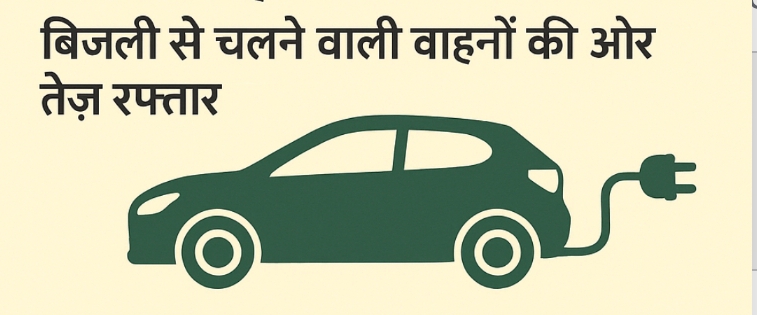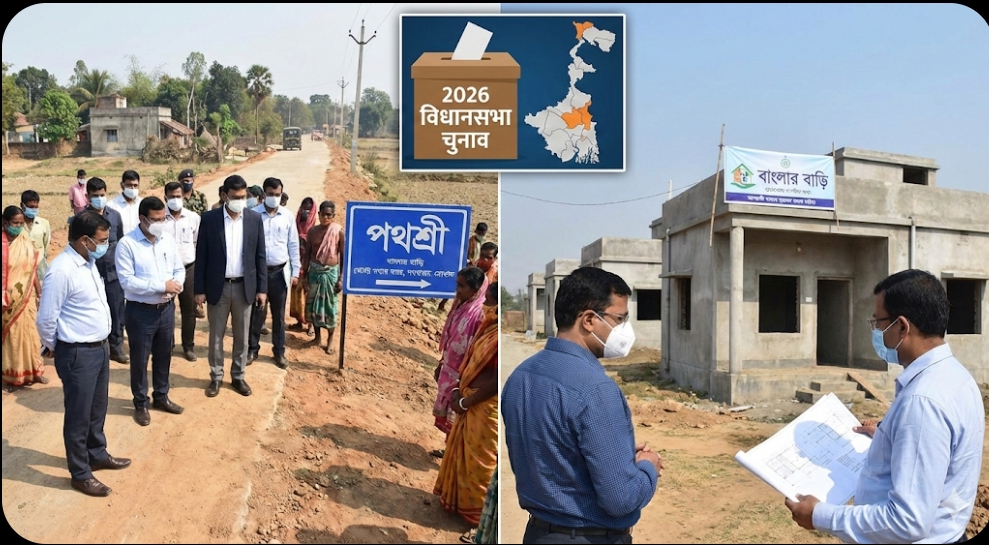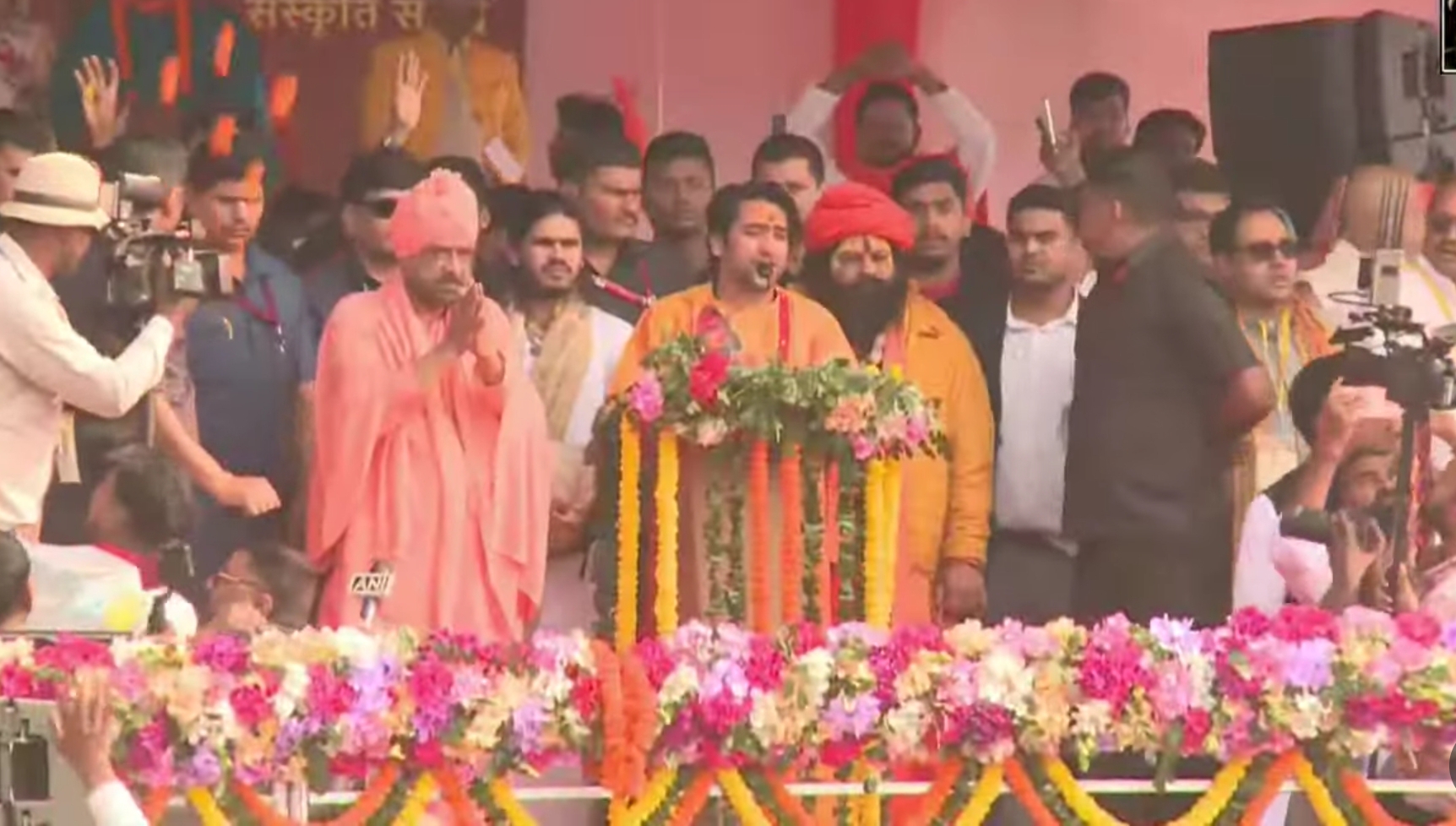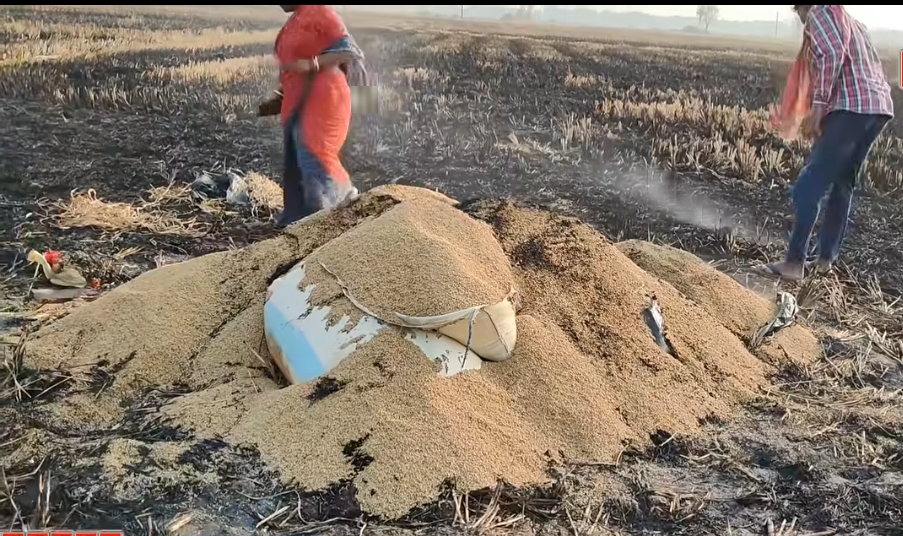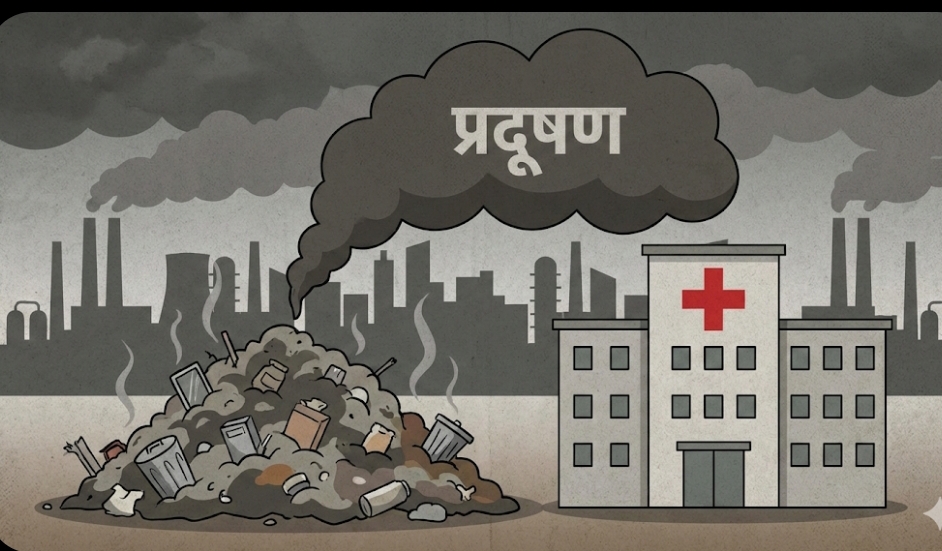अब समुद्री लहरों से तैयार होगी बिजली, भारत बिजली के क्षेत्र में बनेगा आत्मनिर्भर
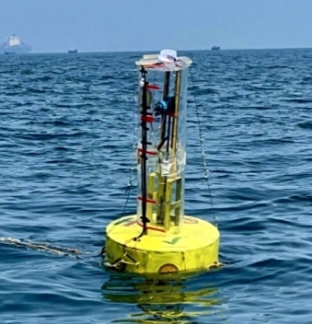






चेन्नई, 5 दिसंबर 2022: भारतीय प्रौद्योगिकी संस्थान मद्रास (आईआईटी मद्रास) के शोधकर्ताओं ने एक ‘ओसन वेभ एनर्जी कन्वर्टर’ विकसित किया है जो समुद्री तरंगों से बिजली पैदा कर सकता है। इस उपकरण का परीक्षण नवंबर 2022 के दूसरे सप्ताह के दौरान सफलतापूर्वक पूरा किया गया था।
डिवाइस को तमिलनाडु के तूतीकोरिन के तट से लगभग 6 किलोमीटर दूर 20 मीटर की गहराई वाले स्थान पर तैनात किया गया था। यह उपकरण अगले तीन वर्षों में समुद्र की लहरों से 1MW बिजली पैदा करने का लक्ष्य रखता है।
इस परियोजना की सफलता से विकास लक्ष्यों जैसे कई उद्देश्यों को पूरा करने में मदद मिलेगी। भारत के लक्ष्यों में गहरे जल मिशन, स्वच्छ ऊर्जा और नीली अर्थव्यवस्था प्राप्त करना शामिल है। यह भारत को नवीकरणीय ऊर्जा के माध्यम से 2030 तक 500 GW बिजली पैदा करने के अपने जलवायु परिवर्तन संबंधी लक्ष्यों को पूरा करने में मदद कर सकता है।
डिवाइस को दूरस्थ अपतटीय स्थानों की ओर लक्षित किया जाता है, जिन्हें विश्वसनीय बिजली और संचार की आवश्यकता होती है, या तो पेलोड को विद्युत शक्ति की आपूर्ति करके जो डिवाइस में सीधे या उसके आसपास स्थित होते हैं या समुद्र के किनारे और पानी के स्तंभ में स्थित होते हैं। लक्षित हितधारक तेल और गैस, रक्षा और सुरक्षा प्रतिष्ठान और संचार क्षेत्र हैं।
IIT मद्रास के प्रोफेसर अब्दुस समद, जो तरंग ऊर्जा पर एक दशक से अधिक समय से काम कर रहे हैं, इस मिशन का नेतृत्व कर रहे हैं। उन्होंने IIT मद्रास में एक अत्याधुनिक ‘वेव एनर्जी एंड फ्लुइड्स इंजीनियरिंग लेबोरेटरी’ (WEFEL) की स्थापना की। उनकी टीम ने एक स्केल्ड-डाउन मॉडल का डिज़ाइन और परीक्षण किया। प्रयोगशाला इस तकनीक के लिए अन्य अनुप्रयोगों पर भी शोध कर रही है जैसे समुद्र के लिए छोटे उपकरणों के लिए शक्ति का उत्पादन करना जैसे नौवहन ब्वॉय और डेटा ब्वॉय, अन्य।
इस परियोजना के प्रभाव पर प्रकाश डालते हुए, महासागर इंजीनियरिंग विभाग, IIT मद्रास के प्रो. अब्दुस समद ने कहा, “भारत के पास 7,500 किलोमीटर लंबी तटरेखा है जो 54 GW बिजली का उत्पादन करने में सक्षम है, जो देश की ऊर्जा आवश्यकता की पर्याप्त मात्रा को पूरा करती है। समुद्री जल ज्वारीय, तरंग और महासागरीय तापीय ऊर्जा का भंडारण करता है। उनमें से, भारत में 40GW तरंग ऊर्जा का दोहन संभव है।”
इसके अलावा, प्रो. अब्दुस समद ने कहा, हमारी दृष्टि जलवायु प्रभाव को कम करने के लिए समुद्री ऊर्जा




और शुद्ध शून्य कार्बन उत्सर्जन का दोहन करना है।
परियोजना को IIT मद्रास के ‘इनोवेटिव रिसर्च प्रोजेक्ट’, DST निधि-प्रयास योजना के तहत TBI-KIET और विदेश मामलों और व्यापार विभाग, ऑस्ट्रेलियाई सरकार द्वारा ऑस्ट्रेलियाई पूर्व छात्र अनुदान योजना 2022 के माध्यम से धन सहायता प्राप्त हुई।
इस परियोजना के बारे में बात करते हुए श्री एस.एस.ए.के. वीर्य परमिता एनर्जी (वीपीई) के कार्तिक ने कहा, “महासागर में अपार अवसर हैं, और उचित तकनीक के साथ खोज करना समय की आवश्यकता है।” IIT मद्रास और VPE के पास प्रौद्योगिकी के व्यावसायीकरण के लिए एक संयुक्त विकास समझौता है।
समुद्री परीक्षण
उत्पाद को ‘सिंधुजा-I’ नाम दिया गया है, जिसका अर्थ है ‘समुद्र से उत्पन्न’।

IIT Madras Researchers develop & deploy an Ocean Wave Energy Converter to generate electricity from Sea Waves
Sea Trials completed successfully off the TN coast for this technology, which could help India meet its climate change-related goals of generating 500 GW of electricity by 2030 through renewable energy
CHENNAI, 5th December 2022: Indian Institute of Technology Madras (IIT Madras) Researchers have developed an ‘Ocean Wave Energy Converter’ that can generate electricity from sea waves. The trials of this device were successfully completed during the second week of November 2022.
The Device was deployed at a location about 6 KM off the coast of Tuticorin, Tamil Nadu, at a location with a depth of 20 metres. This device targets generating 1MW of power from ocean waves in the next three years.
The success of this project will help fulfil several objectives such as the UN Ocean decade and sustainable development goals. India’s goals include deep water missions, clean energy and achieving a blue economy. It could help India meet its climate change-related goals of generating 500 GW of electricity by 2030 through renewable energy.
The Device is targeted towards remote offshore locations that require reliable electricity and communication either by supplying electric power to payloads that are integrated directly in or on the device or located in its vicinity as on the seabed and in the water column. The targeted stakeholders are the oil and gas, defence and security installations and communication sectors.
IIT Madras faculty Prof. Abdus Samad, who has been working for over a decade on wave energy, lead the mission. He established a state-of-the-art ‘Wave Energy and Fluids Engineering Laboratory’ (WEFEL) at IIT Madras. His team designed and tested a scaled-down model. The lab is also researching other applications for this technology such as producing power for smaller devices for the ocean like navigational buoys and data buoys, among others.
Highlighting the impact of this project, Prof. Abdus Samad, Department of Ocean Engineering, IIT Madras, said, “India has a 7,500 km long coastline capable of producing 54 GW of power, satisfying a substantial amount of the country’s energy requirement. Seawater stores tidal, wave and Ocean thermal energy. Among them, the harnessing of 40GW wave energy is possible in India.”
Further, Prof. Abdus Samad said, “Even single devices in different locations along the Indian coastline can generate large quantities of clean power. We are also contemplating placing multiple devices in an array configuration for maximum wave power extraction from the location. Our vision is to make India sustainable by tapping the marine energy and net zero carbon emission to mitigate climate impact.”
The project received funding support through ‘Innovative Research Project’ of IIT Madras, TBI-KIET under DST Nidhi-Prayas Scheme and Australian Alumni Grant Scheme 2022 by Department of Foreign Affairs and Trade, Australian Government.
IIT Madras partnered with a start-up Virya Paramita Energy (VPE) Pvt. Ltd., and Motilal Nehru National Institute of Technology (MNNIT) Allahabad, for this test. The electrical storage system was designed by GKC Institute of Engineering and Technology and MCKV Institute of Engineering, West Bengal. Waterfront Engineering and Infrastructure Pvt Ltd assisted in deploying the system in the Ocean
Speaking about this project, Mr. S.S.A.K. Karthik of Virya Paramita Energy (VPE), said, “Ocean has enormous opportunities, and exploring with proper technology is the need of the time.” IIT Madras and VPE has a joint development agreement to commercialize the technology.
SEA TRIALS
The product has been named ‘Sindhuja-I,’ which means ‘generated from the ocean.’ The system has a floating buoy, a spar, and an electrical module. The buoy moves up and down as the wave moves up and down. In the present design, a balloon-like system called a ‘buoy’ has a central hole that allows a long rod called spar to pass through it.
The spar can be fixed to the seabed, and passing waves will not affect it, while the buoy will move up and down and produce relative motion between them. The relative motion gives rotation to an electric generator to produce power. In the present design, the spar floats, and a mooring chain keeps the system in place.
PROJECT R&D WORK AT IIT MADRAS
Prof. Abdus Samad’s student MS student Mr. Vishnu Vijayasankar designed a ‘Point Absorber Wave Energy Converter’ (PAWEC) (MR. Vishnu is currently a PhD student at Virginia Tech, USA). Another MS student Mr Suman Kumar continued his research.
After completing his Master’s degree, Mr. Suman joined the start-up Virya Paramita Energy (VPE) Pvt Ltd to develop the wave energy converter. Subsequently, students of MNNIT Allahabad Mr Prashant Kumar and Mr Devesh Singh started working on the same technology. Mr. Prashant and Ms Anulekha Majumdar, a Scientist of NIOT, joined his team as PhD students. Another PhD student Mr. Kalyan Chakravarthi also joined the team last year and working towards the same goal.


